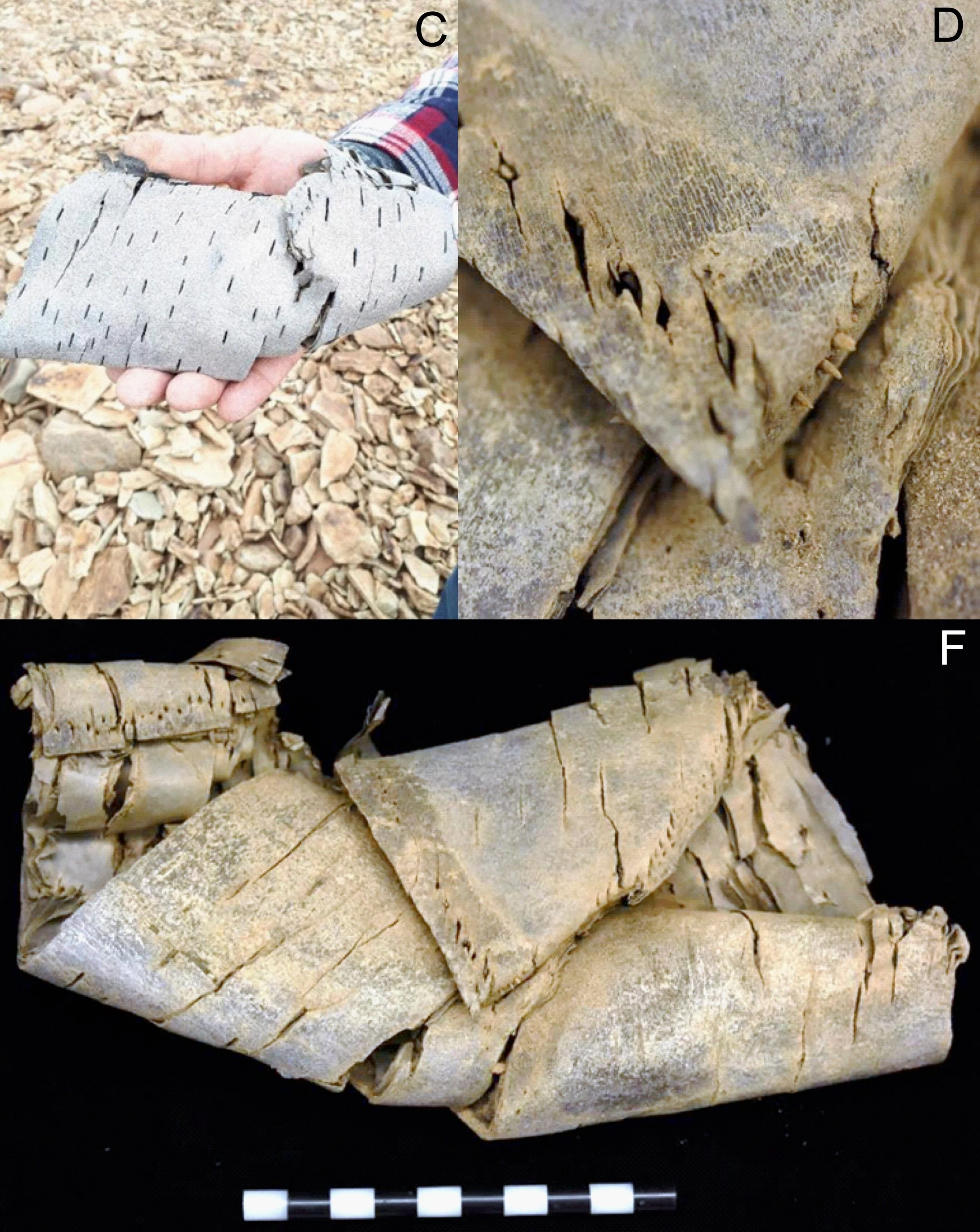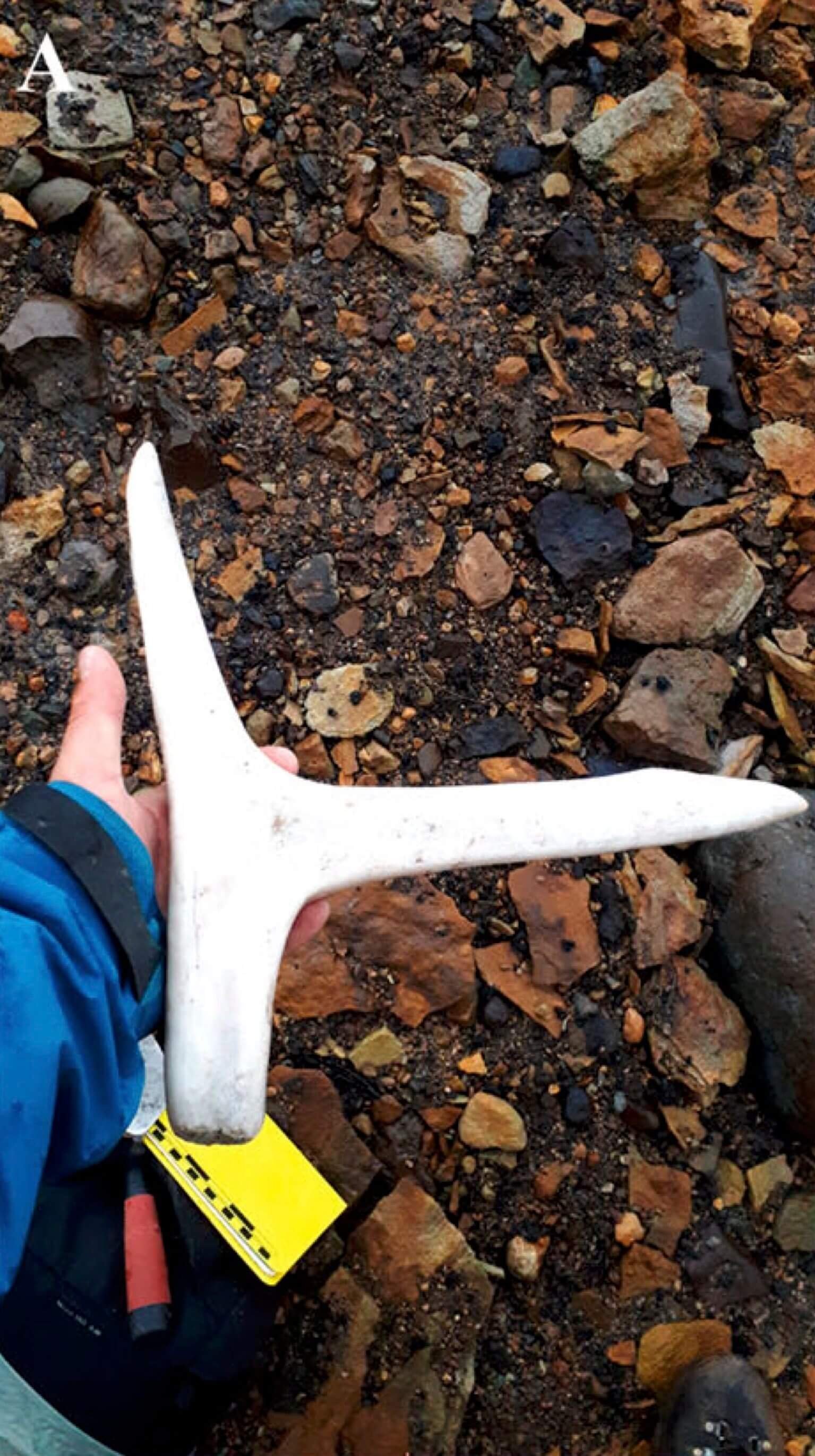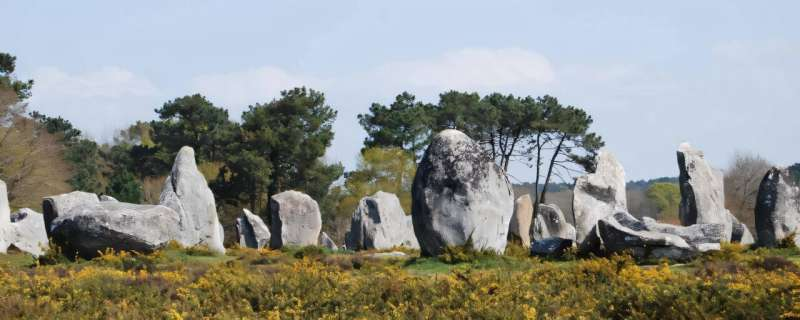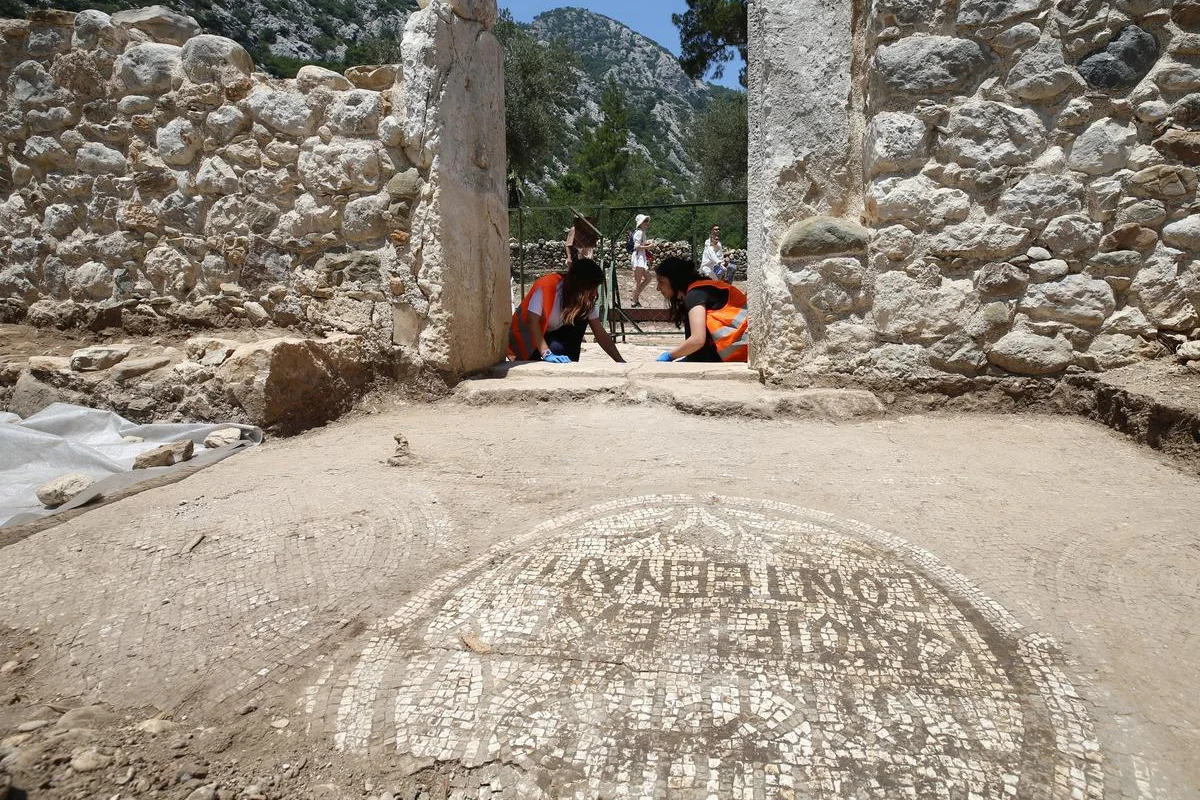In the frigid expanses of northern Canada's Mount Edziza Provincial Park, where the harsh climate and remote location have long kept its secrets shrouded in ice, a remarkable thaw has revealed an archaeological treasure trove. Objects dating back as far as 7,000 years, belonging to the Tahltan First Nations, have emerged from the frozen depths, offering a captivating glimpse into the lives of ancient people who once roamed these lands.
Mount Edziza, nestled in northwestern British Columbia, has served as a vital hunting ground for the Tahltan nation for millennia. This unprecedented discovery has unleashed a wealth of historical insights, illuminating the rich tapestry of life in the region since approximately 5,000 B.C.
Plenty of obsidian, a volcanic glass formed from cooled lava, was found on the Kitsu Plateau. DUNCAN MCLAREN
Among the astonishing finds are containers intricately crafted from birch bark, antler ice picks, tools meticulously carved from bones, and even a well-preserved stitched boot. Perhaps the most dazzling of all is the abundance of obsidian, a volcanic glass forged from cooled lava scattered across the Kitsu Plateau. The sparkling obsidian initially mesmerized lead archaeologist Duncan McLaren and his team, but they soon learned to train their eyes to find the organic artifacts concealed among this radiant treasure.
The exceptional preservation of these artifacts owes much to their remote location, which has kept visitor numbers low and aided in their protection and conservation. As David Karn, speaking on behalf of the Ministry of Environment, aptly notes, this natural isolation has played a pivotal role in safeguarding these invaluable relics.
The stitches are still evident on birch bark container from around 2,000 years ago. DUNCAN MCLAREN
A total of 56 objects were recovered from within nine patches of ice. Carbon dating of organic materials such as digging sticks and leather items provides crucial insights into when and how these tools were fashioned and utilized. Two bark containers, believed to be around 2,000 years old, hold particular significance. One exhibits meticulous stitching that has remarkably endured the test of time. The second container presents a unique construction method, with sticks reinforcing the interior to create a sturdy basket capable of bearing heavier loads.
The discovery of a 5,000-year-old ice pick, carved from an antler, is a testament to the resourcefulness of Indigenous residents adapting to a cold, snowy environment. The antler had been intentionally sharpened and shaped for practical use, offering a window into the ingenuity of those who called this region home.
An ice pick carved from an antler was radiocarbon-dated around 4,000 to 5,000 years old. BRENDAN GRAY
Another intriguing find is a shoe described by McLaren as a moccasin-like boot, distinguished by its complex stitching and flaps. This intricate footwear underscores the ability of early Tahltan hunters to craft sophisticated items to thrive in the challenging climate of the region. Astonishingly, the design of this ancient footwear has remained remarkably consistent over millennia, highlighting its enduring utility.
The question of why these objects have surfaced now, after millennia encased in ice, can be attributed to the region's low snowpack in recent years. McLaren and his team spent over five years securing funding for this ambitious project, and their efforts have now borne fruit. As these fragile relics undergo study and preservation, plans are underway to establish a museum site in Tahltan territory where they can be safely stored and shared with the world.
A wooden walking staff with a beveled top was found on the surface of the melting ice near Goat Mountain Peak. DUNCAN MCLAREN
This remarkable discovery was a collaborative effort involving several organizations, including the Obsidian Discoveries Tahltan Tene Mehodihi Youth Group Hike. This land-based education program seeks to connect Tahltan youth with their nation's history through immersive experiences, further enriching the cultural significance of the land within Mount Edziza Park.
As we reflect on the significance of this find, it is crucial to recognize the importance of Mount Edziza to the Tahltan First Nations people. The region is not only extremely remote with a challenging climate, but it also holds immense cultural and archaeological significance. Visitors are encouraged to exercise respect, refrain from taking any objects, and remember that these artifacts are protected under provincial law.
In the heart of Canada's icy wilderness, this discovery serves as a poignant reminder of the enduring connection between humans and their environment, spanning millennia and illuminating the rich tapestry of history. It is a testament to the power of preservation, exploration, and our shared human heritage.











